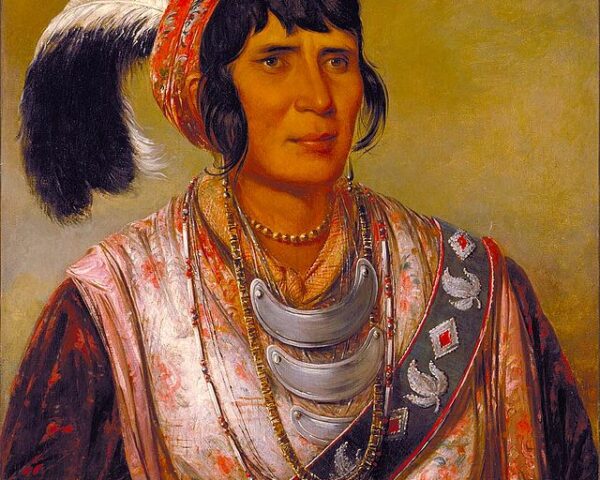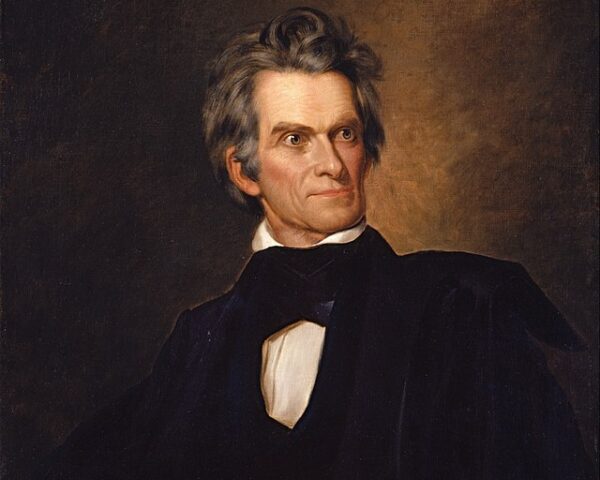Cleopatra’s Needle, an ancient Egyptian obelisk with a storied history, found its way to New York City in the late 19th century, becoming a prominent monument and a symbol of cultural exchange between ancient civilizations and the modern world.
The story of Cleopatra’s Needle begins in ancient Egypt during the reign of Pharaoh Thutmose III around 1450 BCE. The obelisk was carved from a single piece of red granite and erected in the ancient city of Heliopolis, serving as a tribute to the sun god Ra. Its twin, now located in London, was also created during the same period.
The needle stood in Heliopolis for centuries until it was later moved to Alexandria by the Romans. In the late 19th century, its rediscovery sparked a renewed interest in ancient Egyptian artifacts, fueled by the fascination with the mysterious and exotic culture of the East. Egypt gifted Cleopatra’s Needle to the United States in 1879 to commemorate the opening of the Suez Canal and to strengthen diplomatic ties between the two nations.
Transporting the massive obelisk across the Atlantic Ocean was no small feat. Sir William James Erasmus Wilson, an English anatomist and philanthropist, sponsored the expedition. The Needle, weighing around 220 tons and standing 69 feet tall, was encased in a specially designed iron cylinder to protect it during the journey. In 1880, after a perilous transatlantic voyage, the monument arrived in New York City.
Its arrival in the United States was met with great fanfare and excitement. A temporary dock was constructed along the Hudson River to accommodate the unloading and transportation of the obelisk. The ceremony, attended by dignitaries and curious onlookers, marked a significant moment in the cultural history of the city.
The process of erecting Cleopatra’s Needle in New York City presented its own set of challenges. A dedicated committee oversaw the monument’s installation in Central Park, chosen as its final resting place. Engineers and workers meticulously executed the task, facing technical difficulties and labor-intensive efforts. The obelisk was raised on a pedestal made of granite blocks, and the entire structure was completed in February 22, 1881.
Cleopatra’s Needle in New York City became a symbol of the city’s cosmopolitan character and its growing interest in global history and culture. The monument stood as a testament to the enduring legacy of ancient civilizations, connecting the modern metropolis with the grandeur of ancient Egypt.
Over the years, Cleopatra’s Needle has weathered the passage of time and elements, undergoing restoration efforts to preserve its historical significance. The surrounding area in Central Park has evolved, with the monument remaining a notable landmark that attracts both locals and tourists alike.






